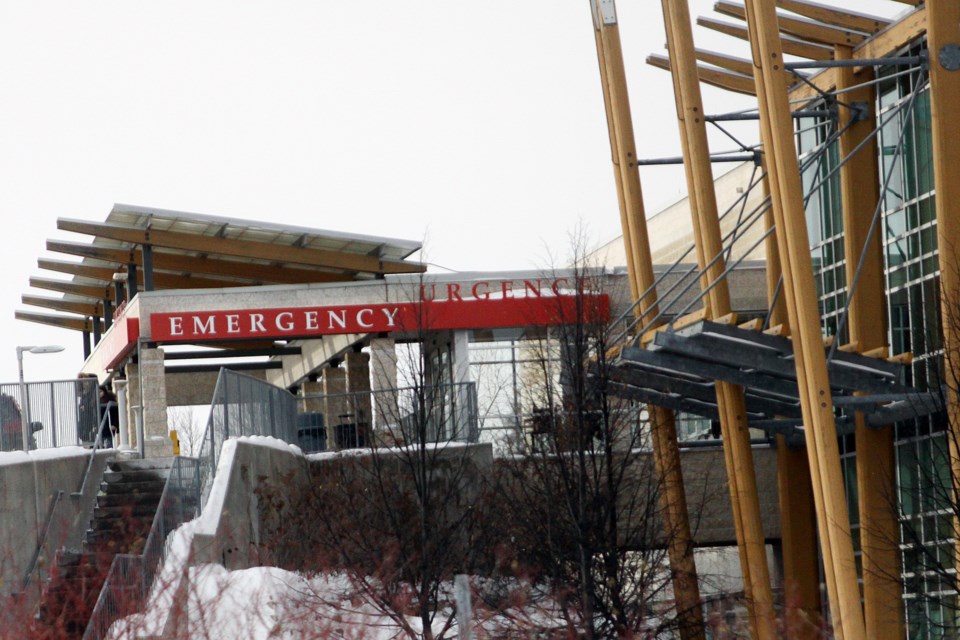THUNDER BAY — Thunder Bay Regional Health Sciences Centre says it's doing what it can to prevent ambulance crews having to wait with their patients for hours after arrival at the Emergency Department.
"We understand the need to keep paramedics on the road," Executive Vice-President and Chief Nursing Executive Adam Vinet said.
Vinet was responding Tuesday to concerns raised by Superior North Emergency Medical Services.
Andrew Dillon, deputy chief of Professional Standards for Superior North EMS, had stated that offload wait times as long as six to eight hours are contributing to an increase in Code Black situations.
A Code Black is declared when every ambulance in the city is tied up.
"Eight hours of an offload delay is three-quarters of a shift...somebody sitting with a patient at the hospital, which means they can't be responding to other 911 calls," Dillon said.
Vinet said delays in processing patients coming in by ambulance can occur more often when the hospital is busier, as it has been recently.
The triage system, he said, applies to all patients who come to the Emergency Department, including those who arrive by ambulance.
"All these patients are seen based on acuity. At times, patients have higher acuity. Less urgent patients will have a longer wait time."
Nonetheless, Vinet said, the hospital is continually working on strategies to transition EMS patients within the Emergency Department, so that paramedics can return to their ambulance and respond to another call.
He said the hospital has a strong relationship with Superior North EMS, and is committed to working with it to find ways to reduce delays.
One possible change will extend the hours for staffing the Offload Nurse position from the current 10 a.m. to 10 p.m. to 10 a.m. until 2 a.m.
"We have seen a higher demand for EMS usage. Anywhere between 50 and 60 patients through EMS are seen through our Emergency Department doors daily. So we are actively looking to expand the Offload Nurse to help compensate for some of these delays," Vinet said.
Dillon, of Superior North EMS, stated earlier this week that he also hopes for more relief from Fit To Sit.
It's the term EMS uses for triage that allows lower-acuity patients to be moved from the EMS stretcher bay to the waiting room to wait to see a doctor.
Vinet said "we're always looking to work with our partners, and Fit To Sit is one of the things we are working on."
He outlined the current protocol for assessing patients.
"We have a variety of options, the first being we triage patients and assess if they need an exam room immediately. A second being 'Can this patient wait with the Offload Nurse to coordinate the patient to be examined at another time,' and the last one is 'Can this patient be assessed through the main triage waiting room as clinical needs permit.' That's really where the Fit To Sit program lies."
Dillon said Superior North EMS is in discussions with the hospital to allow paramedics to triage lower-acuity patients with non-urgent conditions, in order to help crews get back to the street to handle more emergency calls.
"There's some agreements that need to be in place. And everybody needs to work out the logistics in terms of who's going to be accountable, and how we track it and make sure the program works. But there are other municipalities in Ontario – including Sudbury – that have it, so I don't see any reason why we can't make it work in fairly short order."
